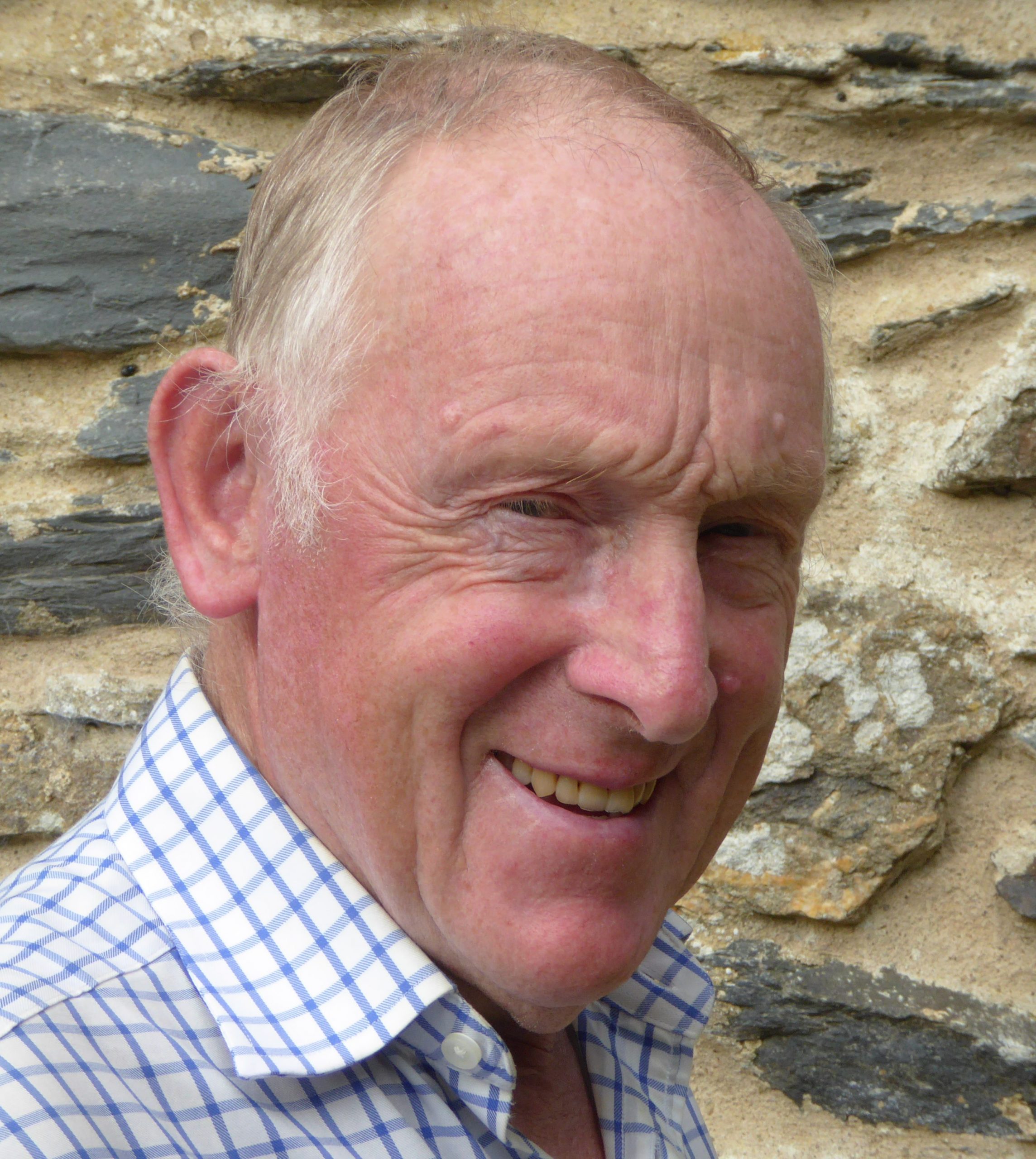THE Fuhrer building in Munich is rightly the main focus of attention for any book – fiction or non-fiction – about the Munich crisis, because that’s where the conference took place and the Agreement was signed. However, there are many other places in the city that I have used in the telling of this tale.
Foremost is the beer hall where the young Hitler, a firebrand just after Germany’s defeat in the First World War, whipped up nationalist feelings. This is the Hofbrauhaus, perhaps the most famous of the beer halls where political activity took place. The interior today is full of oompah bands and loud beer drinkers but upstairs is the speech hall where Hitler mesmerised the crowds with his oratory. He ignored the stage and stood by a window, the best place for the audience to see him and he them. Note in the picture the flags at the windows.
Next is the field marshals’ hall (Feldherrnhalle), a place the Nazis made into a shrine after their coup attempt in 1923 ended in failure. At that time the German Army shot down Nazi marchers and destroyed the party before Hitler made a comeback some six years later. It’s also where, after 1933, it was mandatory to give the Hitler salute when you walked past… unless you could squeeze past down a side street nick-named Shirkers’ Alley.
The places where the dictator lived show an interesting contrast: from a tiny room before the First World War, to the two-roomed apartment on the first floor of 41 Thiersch Strasse in the Twenties to the elegant flat on Prinz Regent Platz in the Thirties (where he also met Chamberlain).
The Altes Hof, a strange little tower and courtyard, was one of his favourite spots to paint when he was a penniless artist – also in the story – and the Zirkus Krone was another of his speech venues. The plaque on the wall of a modern bank building is an example of how to bury history. This is all that marks the site of Gestapo headquarters, the former Wittelsbacher Palace on Brienner Str, bombed out in 1944.
And the city’s main square and “new” town hall make a spectacular backdrop when viewed from St Peter’s tower next door.
